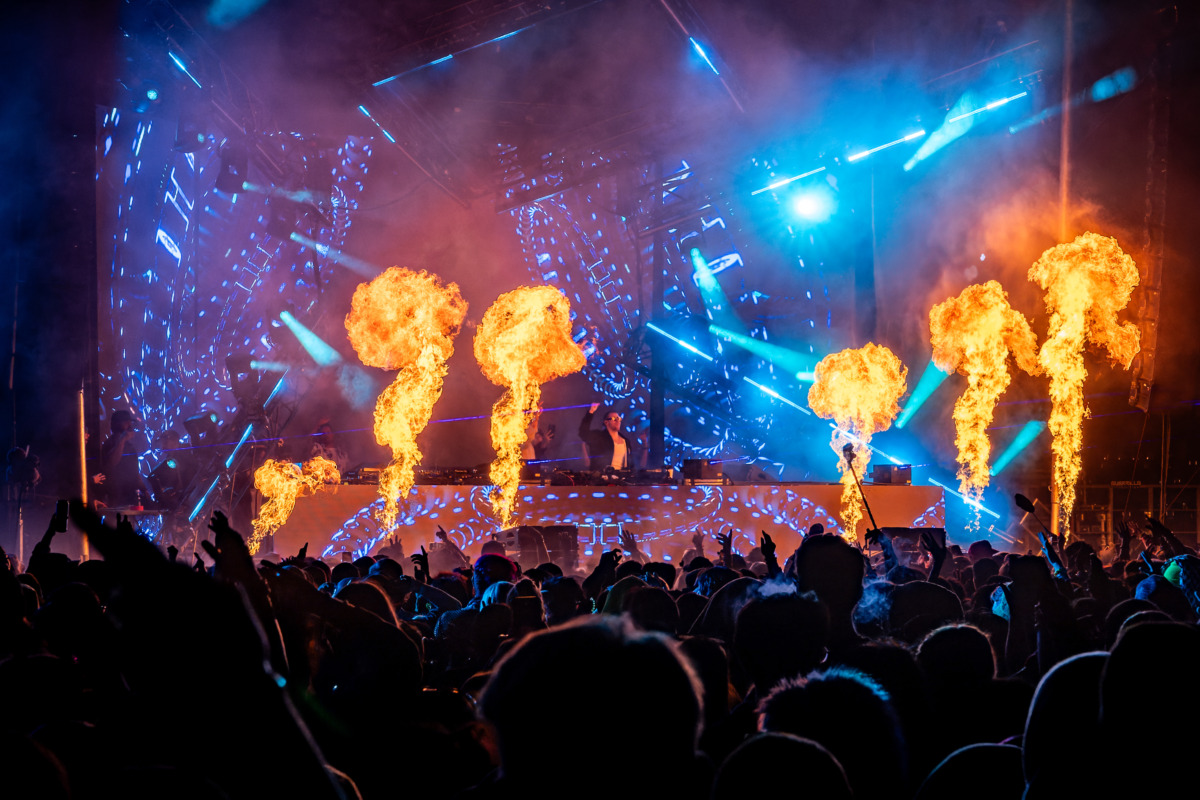The Legend of Korra somehow managed to make Avatar: The Last Airbender's most fascinating city even more interesting. Ba Sing Se proved to be rife with dozens of stories, as the Earth Kingdom capital that stood out as the largest and most well-defended city in the world provided innumerable opportunities to explore the classism and segregation that took place in the segmented city of walls and secrets.
Avatar Legends: The Roleplaying Game expands on that rich history by delving further into its future, exploring the fallout of the Red Lotus' attack in Korra's third season like never before. Everything changed when the Red Lotus attacked, but it was not until Avatar Legends that fans fully understood how.
Upon its introduction in Avatar: The Last Airbender, Ba Sing Se stood out as unique for many reasons. The Earth Kingdom Capital was the largest city in the Avatar world, and its layers of massive walls made it an impregnable fortress so secure from the Hundred Year War that the secretive Dai Li was able to maintain a police state within its walls that hid the war from the view of the Earth King. Yet despite its isolation from the problems of the outside world, Ba Sing Se had its own internal problems fester; corruption, classism and the segregation its walls established created a rigid and inescapable class structure that was very slow to change throughout the years.
The city's biggest change came with the assassination of the Earth Queen during an uprising staged by the Red Lotus. The anarchist group that sought the liberation of the Four Nations from the world's governments hoped to topple the regimented order of Ba Sing Se, and killing the Earth Queen was only the beginning. Following the assassination, Zaheer transmitted the group's message of liberation and underscored it with a dramatic act. Their lavabender Ghazan brought down the wall between the Lower and Middle Rings, instigating a riot whose consequences rippled out for years.
The Avatar Legends core book goes into even more depth than the remainder of The Legend of Korra did previously about the ramifications of one of Ba Sing Se's inner walls falling. Although order was eventually restored in the wake of the Red Lotus' defeat, the wall between the Lower and Middle Ring was not rebuilt. Instead, the impoverished members of the Lower Ring intermingled with those in the higher class. As the Era of Korra progressed, that intermingling caused conflict and destabilized the structure between classes that had been stagnated for centuries.
The larger politics of Ba Sing Se and the Earth Kingdom inform that destabilization as well. Most recently, the Earth Queen's successor was temporarily robbed of his monarchical authority by Kuvira in her efforts to establish the Earth Empire, but even in the fall of that empire, the Earth Kingdom gradually transitions toward a time of democracy that strays from the divine right to rule. The lower and middle classes of Ba Sing Se intermingling reflects that expanding democratization perhaps more dramatically than anywhere else in the world.
The fallout of Ghazan bringing down the wall is considered in the core book as "an unlikely time of integration" unlikely to be a smooth transition, providing opportunities for players of the TTRPG who could use that transition as fodder for their own stories. As a progression on the world of Avatar, it stands out as a unique example where disharmony is actively a good thing, reiterating the recurrent duality throughout the franchise while simultaneously flipping its general support of harmony and balance.
Much like The Legend of Korra as a whole so often proved, change can often be a good thing, and in a perpetually unchanging city like Ba Sing Se, that stands truer than anywhere else.
About The Author

